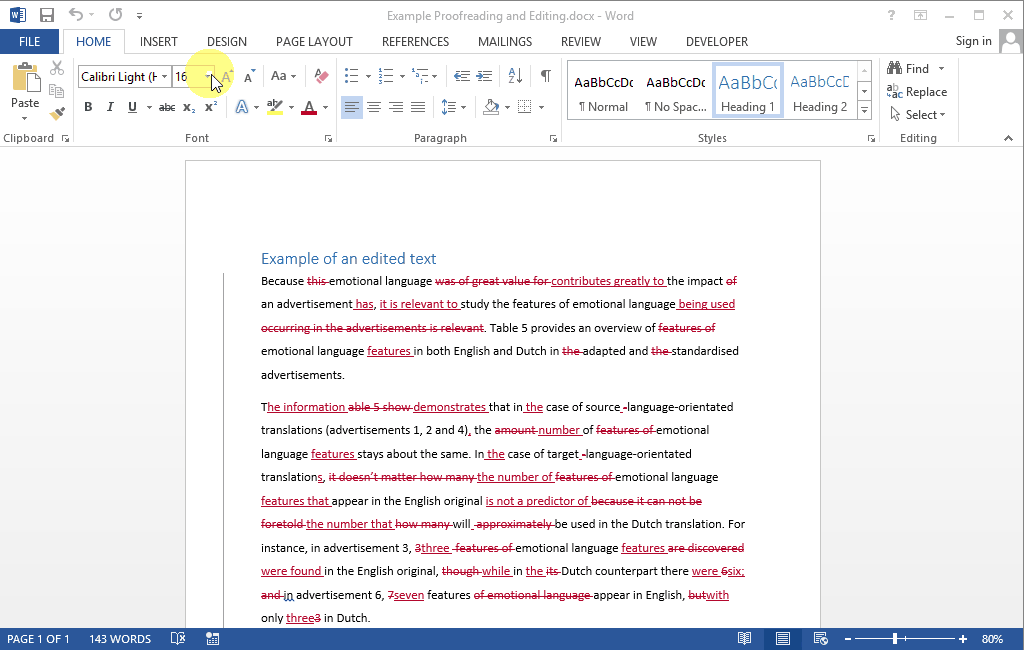

Hard page break or empty lines (paragraphs) inserted in front of the table: Delete the page break and/or empty paragraphs and see if the table moves back.Now, what about tables starting on a new page when they probably shouldn’t? Again, there are several reasons for this occurring: If so, that’s what’s forcing the row to the next page. Go to the Line and Page Breaks tab and see if Page break before is checked. Paragraph setting for forcing a row onto a new page: Select the first table row that’s on the new page, go to the Home tab, and click the tiny little arrow icon in the bottom right corner of the Paragraph group to open the Paragraph dialog box.

If so, that means that the row you selected is set to stay with the following paragraph, whether that’s another row or a normal paragraph. Go to the Line and Page Breaks tab and see if Keep with next and/or Keep lines together are checked. Paragraph setting for forcing a row to remain with the following row or paragraph: Select the first table row that’s on the new page, go to the Home tab, and click the tiny little arrow icon in the bottom right corner of the Paragraph group (see image below) to open the Paragraph dialog box.If it’s not, a row with a lot of information will start on a new page instead of splitting across the page break. Go to the Row tab, and see if Allow row to break across pages is checked or not. Table setting for ‘Allow row to break across pages’: Select the table row, right-click and select Table properties.There are three main reasons for a table row to start on a new page: There are several possible reasons a table or table row might do this, and several ways to get the table or row back to where you want it.

NO TOP MARGIN IN WORD 2013 HOW TO
Sometimes a table or a table row can shift to a new page and you don’t know why or how to get it back. Based on a writing tip I wrote for my work colleagues.


 0 kommentar(er)
0 kommentar(er)
